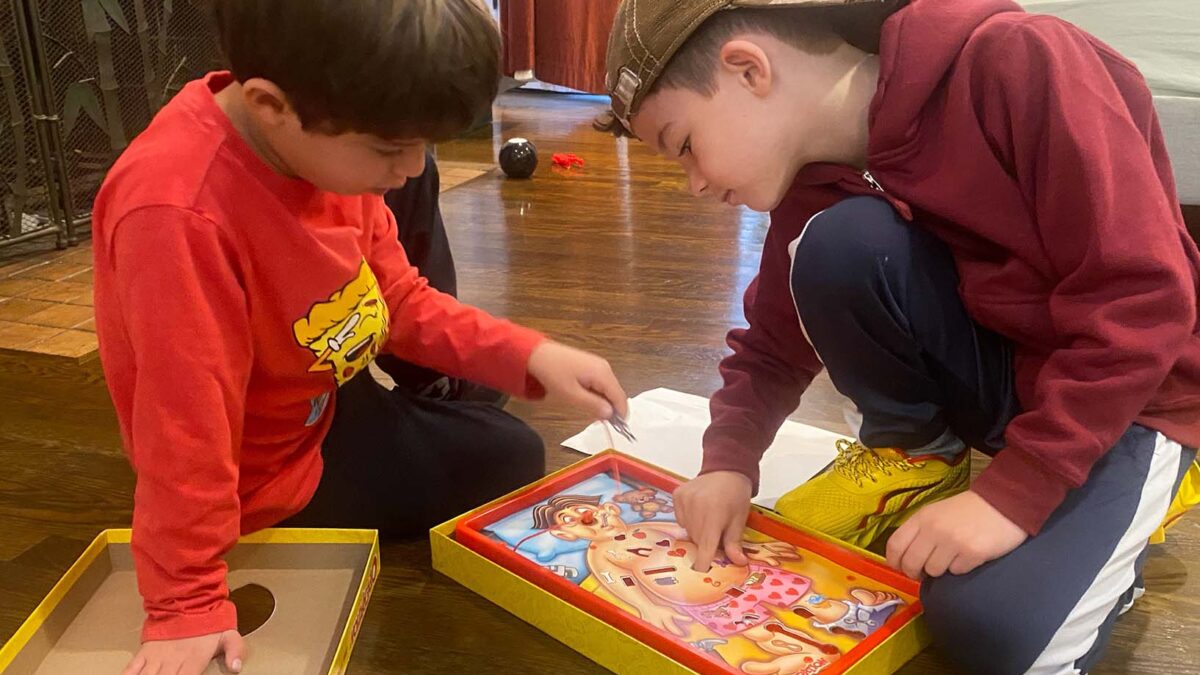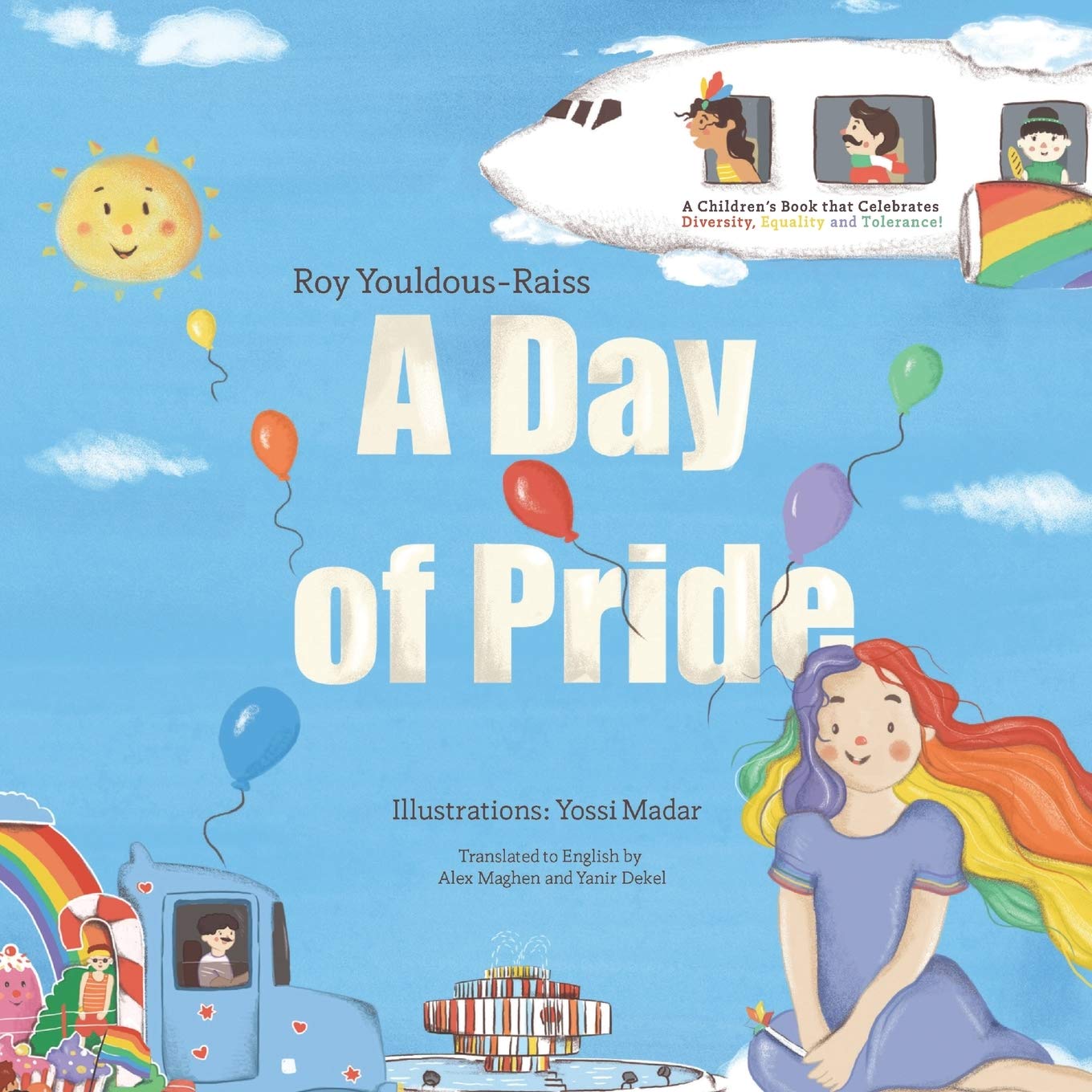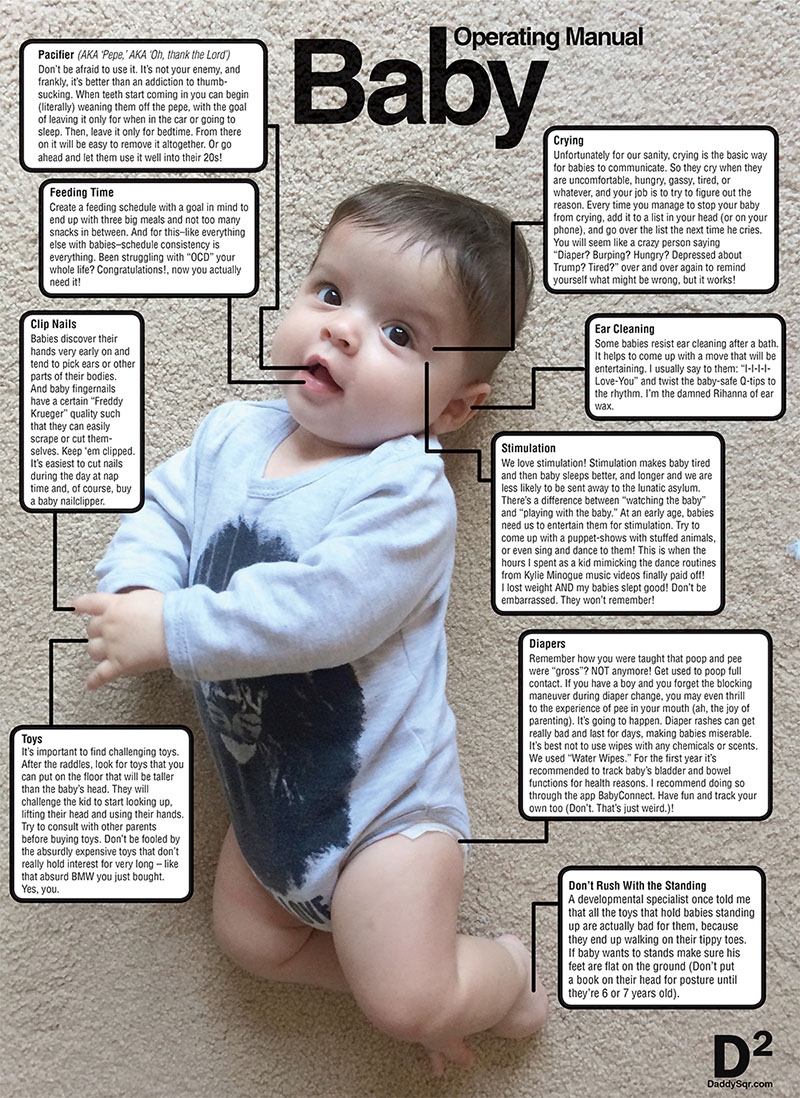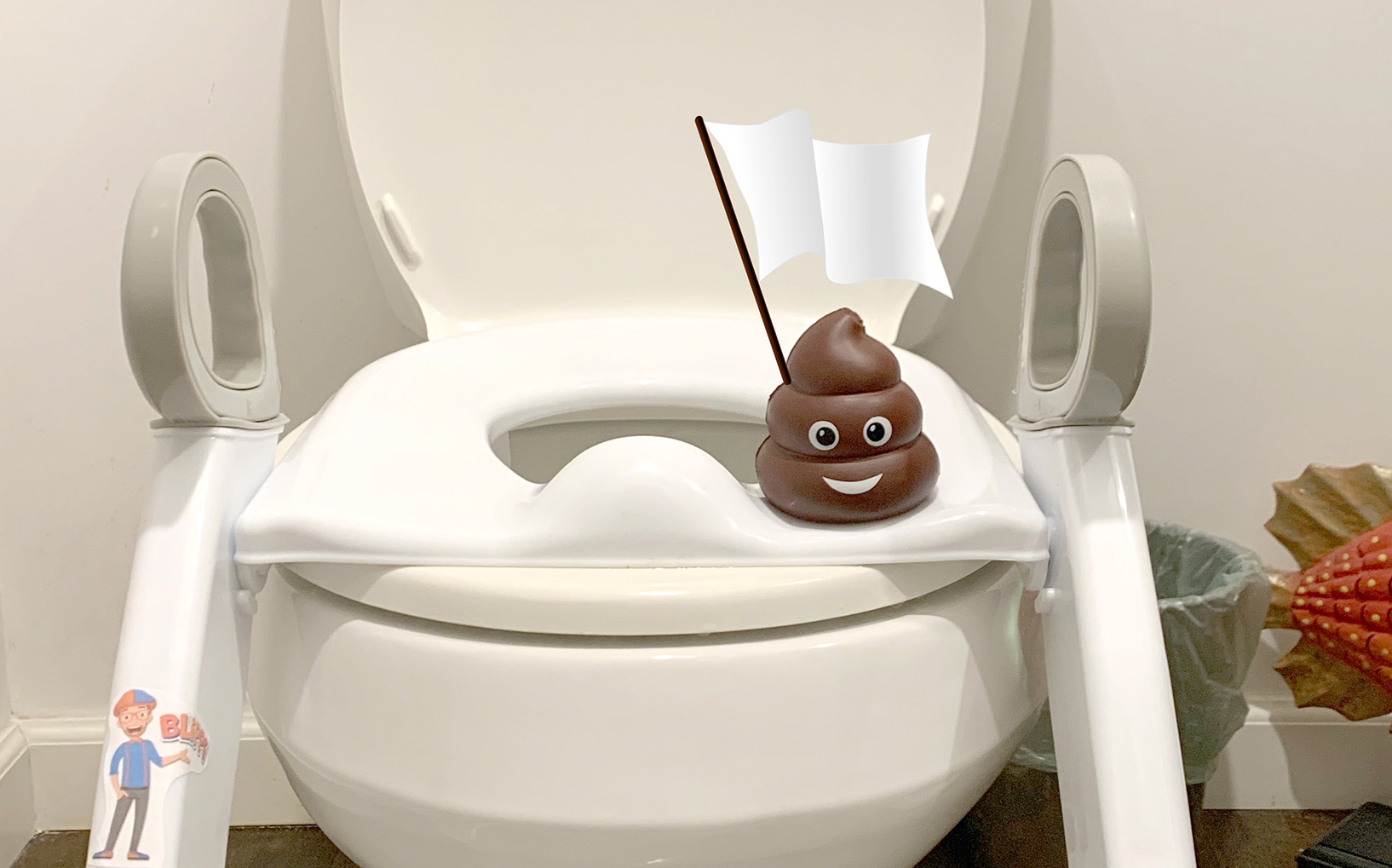Our Point System: A Currency Cultivating Kids’ Cooperation, Sibling Support, and iPad Time Management
I was a little reluctant when a behavioral specialist recommended by our school suggested that we give one of our kids points for good behavior. At the age of 6, tantrums were still a thing for him, and the specialist told us she uses it with her kids too; awarding points if they behave well. The points are then redeemable for a toy or what have you. When I reminded her that we have twins and we can’t give points and toys for one child and not the other she said, “you can do this with both kids, but work with the other one on different issues, he will receive points for doing other stuff.”
I was still troubled. Giving points to my kids to me emphasized the element of competition between them. I called my brother to consult and he reminded me that our mom used to do that, with gold stars, and it was horrible for him because he always saw the gap between my many gold stars and his lack (“I still talk about the gold stars with my therapist to this day,” he told me to my surprise).
It was then that I decided to come up with a whole new system of points – a collective effort instead of a competition for who gets more. Inspired by the scoring method of the Eurovision Song Contest, which my husband will tell you guides me through most aspects of my life, I created a different list for each child with 10 chores/things we wanted to work on with them. I ranked the 10 things from most, to least, important to work on: the most important thing awards 12 points, the second most important awards 10 points, the third most important 8, and then 7, 6, 5, 4, 3, 2 and 1. Each point is equivalent to an iPad minute.
We’ve developed the point system over time, but here are the basic rules.
How the Point System Works
By doing the chores according to the point system, the boys earn points that are recorded on the wall. This may mean that each kid ends up with a different number of points but the trick is that to redeem those points, they need to both redeem the same amount. So, if Ben has 19 points and Adam has 12 – Ben can only contribute 12 points and together they have 24 minutes of iPad that day.
What we noticed began happening is that if Ben had 19 points and Adam had 12, and let’s say, cleaning his room will award Adam another 7 points – Ben will sometimes help Adam with his room, so that Adam will get another 7 points, and therefore Ben will be able to activate his full 19 points, which will give them 14 more of those glorious iPad minutes!
There’s also one little fun twist: if they pass 10 points per day – they can activate Abba and Daddy’s gift of 30 minutes of iPad. If they don’t pass the 10 points – they can’t activate the iPad time at all that day. This is a kind of minimum threshold which is an additional “North Star” for them to aim for.
Seeing them helping each other to get the points makes my heart burst, and I have to admit that we might pushed them into it a little by explaining to them how they are benefitting (points wise) when they help each other. I would send Ben to watch and help Adam who’s struggling with a chore that Ben can do easily – and vice versa. And it’s working.
Points as Currency
The points have become a great tool for us to deal with the boys’ behavior, for good and for bad. We’ll award “gift points” for an amazing gesture or good behavior. We will also take away points (warning first, and if they don’t listen we take 1 or 2 points – this has become the worst punishment ever). We also offer them the option to redeem points for money (2 points = $1) but they never take it. All they want is their iPad time (who can blame them? We all love our screens!)
Consistency is Key
The key to success with this point system is consistency: We should obey the rules just as much as we want them to. If they get to 54 minutes, it will be exactly 54 minutes – not 55 and not an hour. We set a timer and when the timer goes off – iPads are turned off. No excuses.
The first few days of this new model, our kids didn’t manage to get any points. And it wasn’t fun for them or for us. There was a lot of crying and begging, and my heart was breaking for them (also, these days exhausted us!) but over time they learned that they have to get to at least 10 points, which remains their minimum goal up to now. Some days they still have less than 10, and they know it’s a no-iPad day, but I’m thinking that right now, a year and a half after we started this, they are starting to get the hang of it and working proactively to prevent no iPad days.
And the ironic part of it all is that iPad time is actually our time off! It’s our time to ourselves and to rest for a few minutes from the crazy hurricane that is raising 7 year old twins. If only they knew how much we want to give them their iPads so they will sit quietly glued to one place and not bothering us for an hour or so. Sigh. But parenting is hard!
Link to purchase our score board from Amazon













